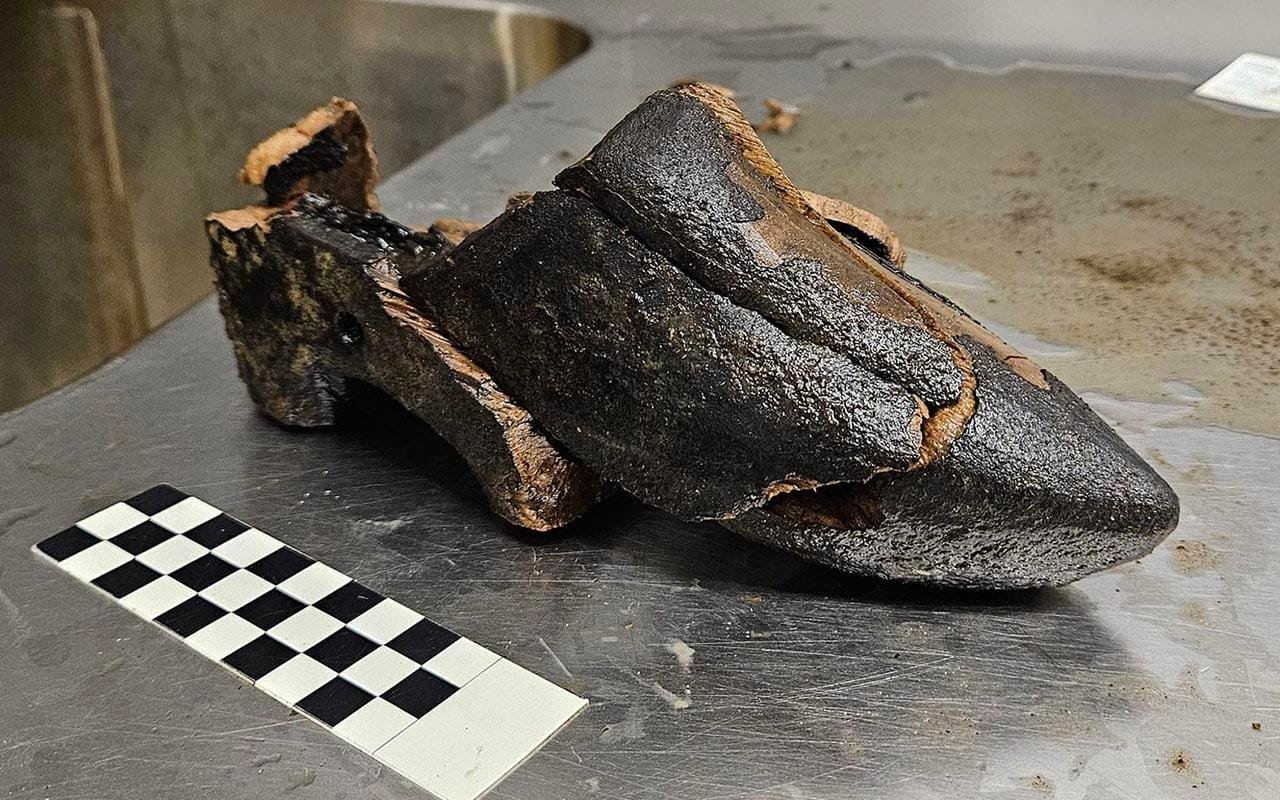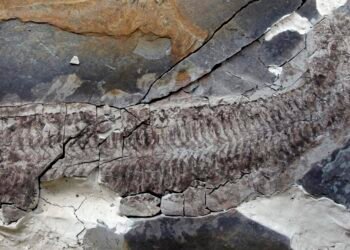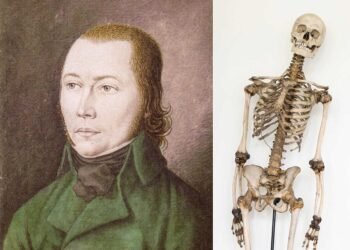Archaeologists working in Alkmaar, a city in the Netherlands, have uncovered a fascinating “time capsule” dating back to the 15th century during an excavation for an underground waste container. The discovery, made in November, revealed two remarkable wooden artifacts; a well-preserved wooden clog and a grain measure.

The cesspit, which was in use between approximately CE 1450 and 1558, served as both a toilet and a repository for household and food waste. It was found to be in use until the demolition of nearby houses in 1558, after which it was abandoned and buried. Due to the anaerobic, waterlogged conditions within the pit, many of the objects it contained were exceptionally well-preserved. These findings are particularly significant because they provide insights into daily life in the city of Alkmaar more than 500 years ago.
The most striking find is a wooden clog made of birch, a tree that is not native to the Netherlands. City archaeologist Nancy de Jong explained to NU.nl, “Only 44 clogs have been found in the history of the Netherlands and Belgium, and most are much newer and in worse condition.” What makes this clog even more exceptional is its design.
Unlike the typical rough and rustic clogs used by farmers, this piece features an elegant double heel, indicating it was likely worn by someone in the city, rather than in rural areas. The clog’s near-complete state, despite being found in fragments, was made possible by the preservation properties of the cesspit. Its size — about a modern European 36 (US women’s 5.5) — suggests it belonged to a woman, although further analysis will confirm its precise origins.
The second significant find is a rare grain measure, a shallow wooden container used for measuring grain. This piece, made of oak, is particularly noteworthy as only five fragments of such measures have been found across Belgium and the Netherlands, and none were previously known to be nearly intact. De Jong remarked that the discovery was the first in Dutch archaeology, providing scholars with the most complete example of a medieval grain measure.
De Jong called the cesspit “like a time capsule.” She noted that objects discovered in cesspits often provide invaluable clues about past lives and even specific historical figures. For example, in 2016, a diamond ring and a shoe belonging to the poet Maria Tesselschade were uncovered in a nearby cesspit.
The excavation of the cesspit in Alkmaar is not only a rare opportunity to study medieval artifacts but also an exceptional chance to explore the “circular economy” of the past. In medieval times, items such as worn-out shoes and other wooden objects were often repurposed or burned for fuel, which is why finds like these are so unusual.
As part of the ongoing conservation effort, the clog and grain measure will be stabilized and restored using non-invasive techniques to piece together any broken parts. These artifacts are expected to be displayed in the future.
More information: Municipality of Alkmaar



























